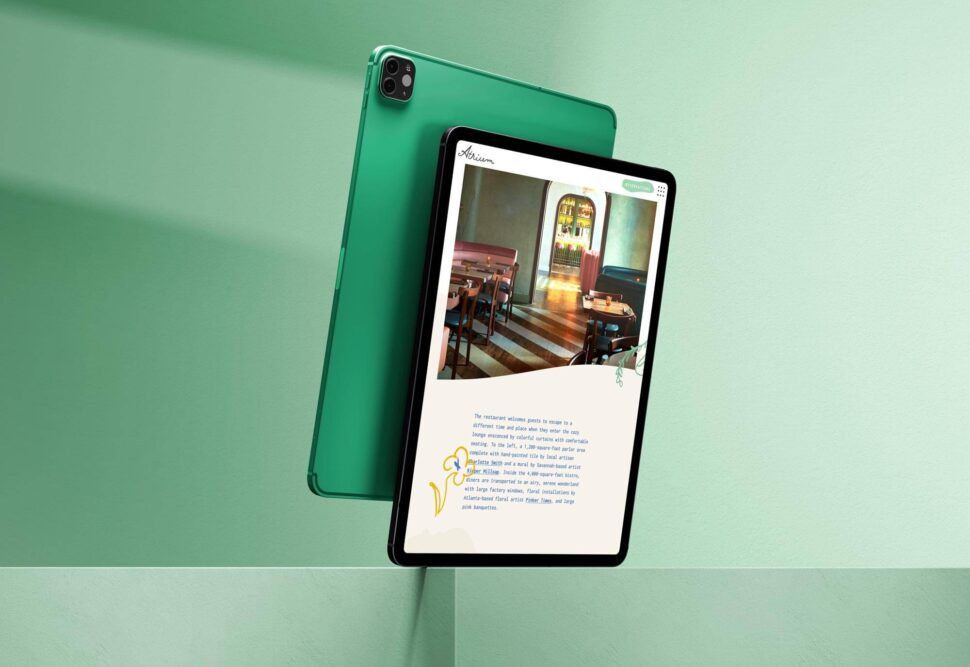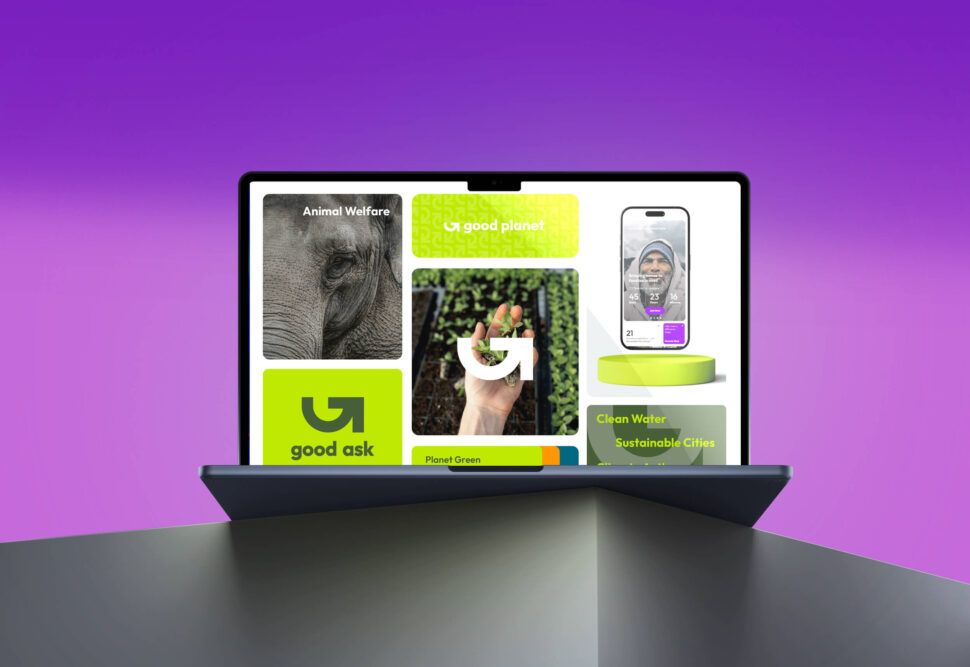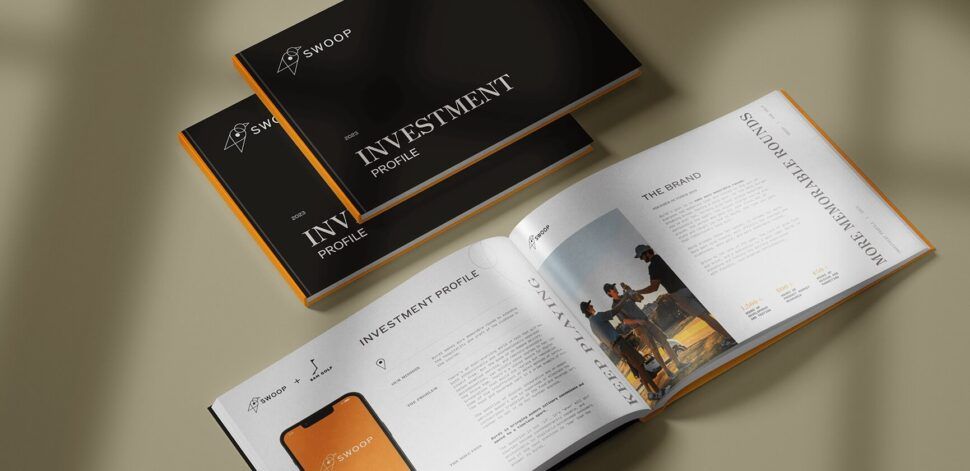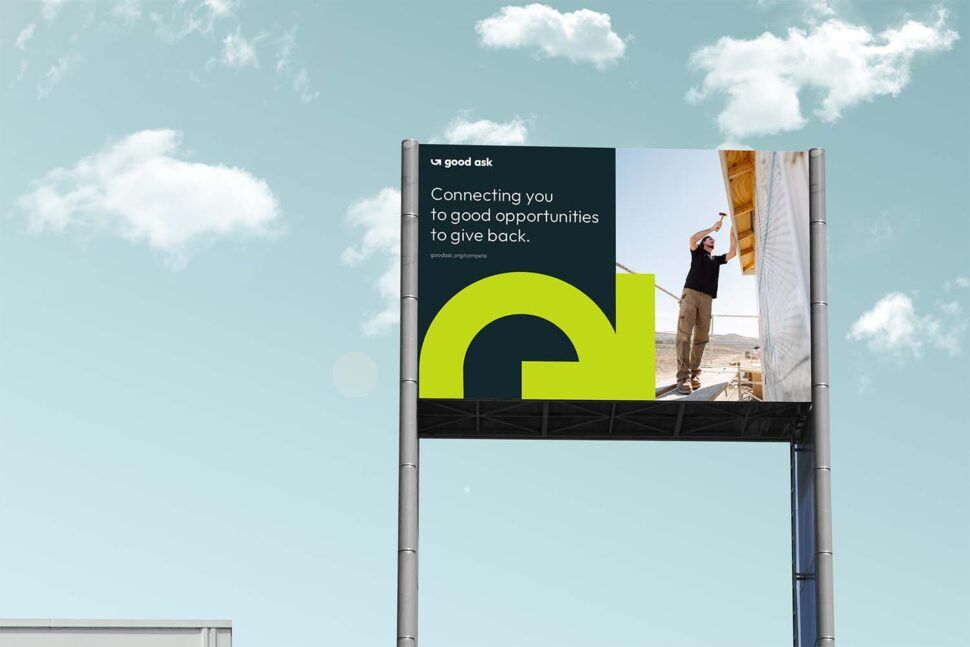June 17, 2025
A Complete Guide on How to Implement the Latest Web Design Trends
- Visual Soldiers
- Design
- minute read
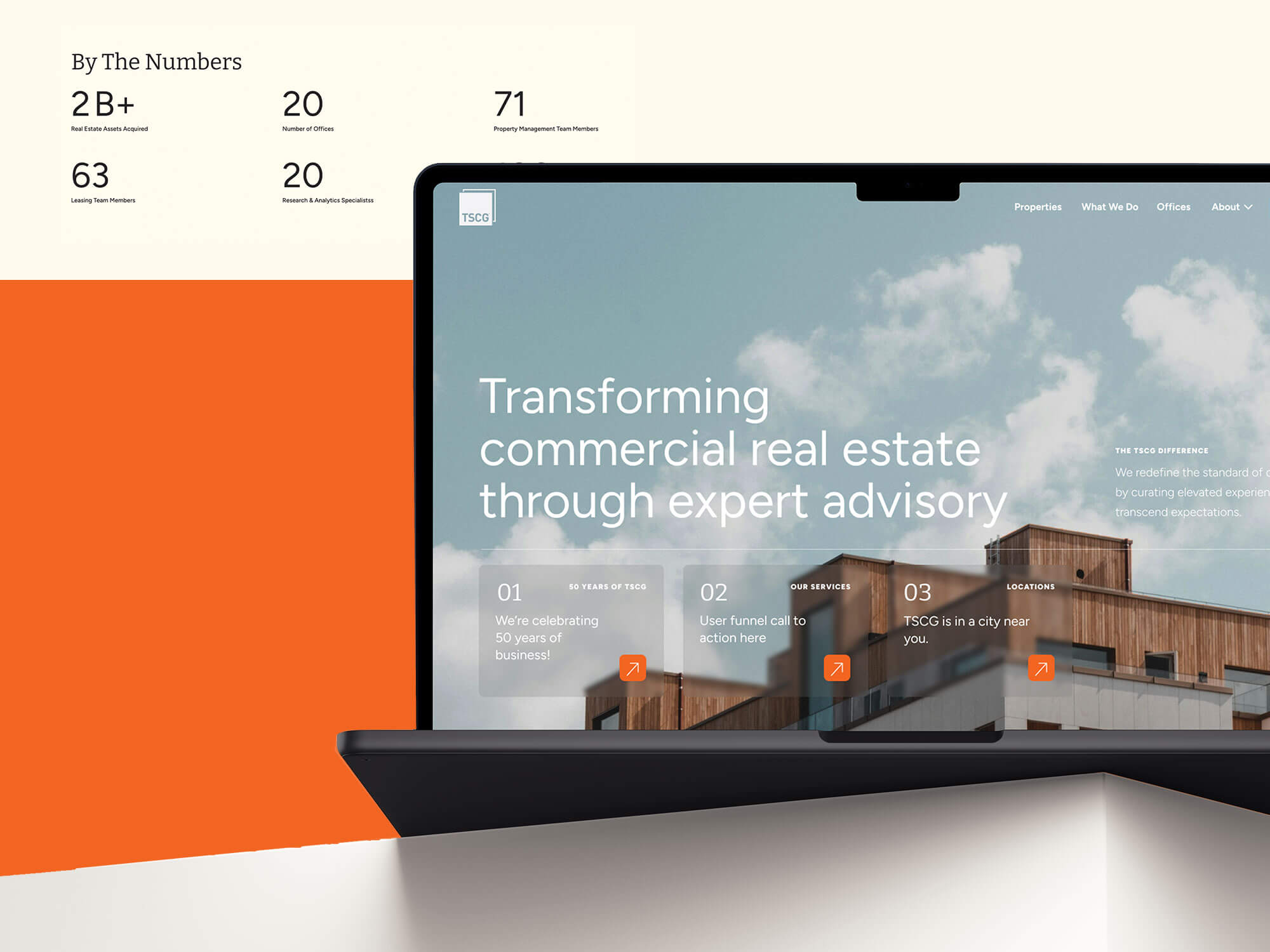
TLDR
Web design in 2025 is all about sleek vibes, smart moves, and smooth clicks—think minimalist layouts, moody dark modes, and animations that actually impress—just be sure to test, track, and tweak your way to better engagement.
Staying ahead of the curve means continually adapting your approach to web design. As we look towards the future, mastering the art of web design in 2025 is essential for businesses looking to create engaging, user-friendly websites. To do this effectively, you need to understand how to implement 2025 web design trends that will reshape user experiences and drive engagement. In this comprehensive guide, we’ll explore the landscape of web design for 2025, highlight key trends to watch for, and provide a step-by-step guide on how to seamlessly implement these modern design ideas. Let’s dive in and discover how to elevate your web presence for the years to come!
Understanding the 2025 Web Design Landscape
In mid 2025, understanding the evolving landscape of web design is crucial for businesses aiming to stand out in a crowded digital space. Knowing how to implement 2025 web design trends can significantly impact user experience and engagement. Emerging technologies such as augmented reality (AR) and artificial intelligence (AI) are poised to redefine user interaction, creating more immersive experiences. Additionally, minimalism will continue its reign, focusing on clean lines, ample white space, and intuitive navigation. Businesses should also consider environmental impacts, embracing sustainable design practices that not only enhance aesthetics but also show a commitment to sustainability. Incorporating dynamic content and personalization into web design will keep visitors engaged and encourage longer site visits. By staying ahead of these trends, brands can effectively meet user expectations and uphold their relevance in the digital world. In this article, we’ll explore practical steps for how to implement 2025 web design trends and ensure your website remains at the forefront of innovation.
Key Trends Shaping Web Design in 2025
As we look toward the future, understanding how to implement 2025 web design trends will be crucial for businesses aiming to stay competitive. One key trend is the rise of sustainability in web design, where eco-friendly practices shape the development process and user experience. This may involve utilizing energy-efficient hosting to reduce carbon footprints, as well as creating designs that minimize data usage. Another significant trend is the integration of augmented reality (AR) elements, which can transform user interactions by providing immersive experiences directly on websites. Furthermore, minimalist design continues to gain traction, emphasizing clean lines, ample white space, and intuitive navigation. All these trends contribute to creating user-centric websites that foster engagement and accessibility. By staying updated on how to implement 2025 web design trends, businesses can enhance their online presence and create websites that not only attract but also retain visitors.
Step-by-Step Guide to Implementing New Design Trends
Staying ahead of the curve isn’t just a nice-to-have—it’s essential. The 2025 design landscape is defined by minimalist aesthetics, immersive visuals, and interactive elements that move with purpose. If you want your website to feel modern (without jumping on every flashy bandwagon), here’s how to thoughtfully bring today’s trends into your digital experience.
1. Start with Research: Know What’s Shaping 2025
Before you touch a pixel, get grounded in what’s current and what’s next.
2. Build a Strategic Design Concept
Trends are tools, not a full strategy. Make sure every design decision supports your brand story.
- Align each trend with your brand voice and user goals.
- Keep things cohesive—don’t mix vibes (e.g., brutalism and corporate minimalism rarely play well together).
- Use design systems or style guides to maintain consistency across touchpoints.
3. Wireframe & Prototype Your Vision
Don’t jump straight into dev. Use low-to-high fidelity visuals to bring ideas to life first.
- Figma and Adobe XD are your best friends here.
- Create interactive prototypes that simulate animations, transitions, or layout behaviors.
- Get early buy-in from stakeholders or clients with preview links or live walkthroughs.
4. Test, Test, Then Test Again
A trend that looks amazing in concept can fall flat in execution. Validate your decisions.
- Conduct user testing sessions to gather feedback on usability, performance, and clarity.
- Use tools like Hotjar or Maze to analyze real interactions.
- A/B test variations to determine what actually converts or engages.
5. Refine & Launch with Confidence
Now’s the time to polish, not pivot. Small tweaks go a long way.
- Refine based on real data—not just gut feelings.
- Minimize loading times, optimize for accessibility, and make sure every interaction feels intuitive.
- Track success post-launch with metrics like bounce rate, conversion rate, and time on page.
Tools and Resources for Modern Web Design
Understanding how to implement 2025 web design trends is essential for any business wanting to stay relevant and captivating in the digital landscape. One of the most exciting tools that designers are adopting is AI-powered design software. These resources streamline the creative process, allowing users to generate layouts, color palettes, and typography suggestions tailored to their brand’s aesthetic. Additionally, utilizing prototyping tools such as Figma or Adobe XD not only enhances collaboration among teams but also helps in visualizing how innovative design elements can come together seamlessly. Keeping abreast of the latest trends, like immersive experiences that utilize AR and VR, also requires a clear understanding of the tools needed to bring these concepts to life. By harnessing these modern web design tools effectively, businesses can create engaging, user-centric websites that reflect the dynamic nature of the digital world while effectively implementing the anticipated trends of
2025.
Measuring Success: Analyzing the Impact of Your Design Changes
When it comes to how to implement 2025 web design trends, measuring the success of your design changes is crucial. After all, every design tweak is an opportunity to enhance user experience and boost engagement. To begin with, setting clear, measurable goals is essential. Consider using analytics tools to track key metrics such as bounce rates, user session durations, and conversion rates before and after implementing new trends. Additionally, A/B testing different versions of your design can provide insight into which elements resonate with users. Don’t forget to gather user feedback through surveys or usability testing; this qualitative data can complement your quantitative metrics beautifully. By regularly analyzing the impact of your design changes, you’ll not only stay ahead of the curve but also ensure that your website evolves in a way that meets user needs effectively. Remember, web design is not just about aesthetics; it’s about creating a seamless and enriching experience for your visitors.
Ready to bring these web design trends to life?
Explore our web design services and see how we turn bold ideas into seamless digital experiences.
Learn More
